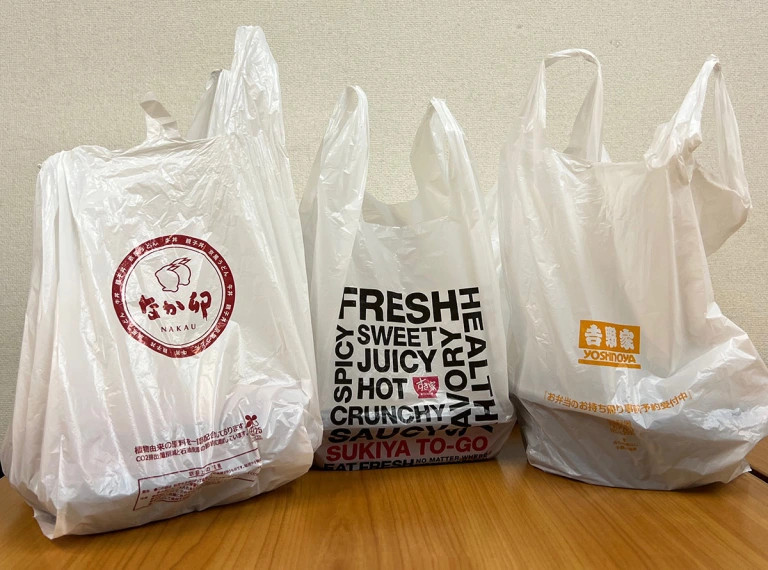
Unagi for about 1,000 yen…is it worth it?
Unagi is the Japanese word for freshwater eel, a luxury health food that many people consider worth splurging on from time to time. Often served over a bowl of rice, it’s far more expensive than your average beef or katsu bowl, and thus if you want seriously quality unagi, you have to be prepared to pay for it.
Of course, you don’t have to spend big bucks to enjoy an unagi bowl. Popular Japanese chains often sell it for around 1,000 yen (US$7.40). The problem is, then you run the risk of getting unagi with the dreaded “buyobuyo” quality, the flabby bottom-level of unagi. You want your unagi to be firm, plush, and flavorful, not soggy and limp.
But they can’t all be bad, right? Our Japanese-language reporter and food investigator Yuichiro Wasai was curious to find out which Japanese restaurant chains’ unagi would pass the buyobuyo test, so he purchased five different takeout an unagi bowl to find out.
Unfortunately, though Yuichiro would very much like to buy an unagi bowl from every cheap place in town, he can only eat so much, so after much deliberation, he decided to test only these five. Please note that all prices are takeout prices.)
● Yoshinoya’s Unaju (Eel over rice in a lacquered box) Single Eel Bowl (1,077 yen)
● Nakau’s Unaju (880 yen)
● Sukiya’s Unadon (Eel over rice in a bowl) Regular Size Bento (850 yen)
● Gusto’s Unagi Bento (1,079 yen)
● Origin Bento’s Unaju with Unagi from China (1,069 yen)
Since Yuichiro had the prices for each of his bowls, he decided to weigh each one to see how much volume you get per price. The food weights aren’t exact, since he couldn’t remove the meals from their containers without ruining their presentation, but there there was still one restaurant that pulled well above the others in terms of weight.
Though each of the ungai bowls weighed over 330 grams (11.6 ounces), Yoshinoya’s came out to 406 grams (14.3 ounces), nearly fifty grams heavier than Nakau’s, which was the next-heaviest.
However, when it came to the actual mass of the unagi itself, Yoshinoya’s eel only came out to be seven grams more than Gusto’s and Origin’s, indicating that maybe the bulk of Yoshinoya’s extra weight is rice. Nevertheless, the volume of food per yen was such that it might be well worth the over 1,000 yen price…if it passes the buyobuyo test.
(Warning: some people might find the following images gross, especially if you don’t like eel. If you think you’re okay, continue on.)
Now for the real test. Yuichiro began to flip the unagi one by one to check how limp-looking their bottoms were.
▼ Sukiya
▼ Gusto
▼ Yoshinoya
▼ Nakau
▼ Origin Bento
They all looked…reasonably flabby. Or at least, they didn’t have the chargrilled look unagi is supposed to have. Not like unagi specialty chain Unatoto’s takeout unagi, pictured below.
Sad to say, they all looked like they were made with speed and process optimization in mind…which isn’t surprising given that they were all cheap unagi bowls from chain restaurants. Nevertheless, there were some that stood out flavor-wise, and some that stood out for their cost performance, so here is Yuichiro’s ranking of the five different unagi bowls.
5. Yoshinoya’s Unaju Single Eel Bowl (1,077 yen)
Unfortunately, having the most volume didn’t save this unagi bowl from being ranked as the most buyobuyo. It was a shame since the top of the fish looked like it had so much elasticity. There was just too big a gap between the appearance of the front and the back. However, it did have the advantage of having the biggest serving of eel, so if you’re looking for a filling meal, this might be your best bet.
4. Gusto’s Unagi Bento (1,079 yen)
In terms of flavor, this bento was unremarkable, but that isn’t necessarily a bad thing. Unagi that tastes “just fine” at this price is actually pretty great. It also didn’t have a significant amount of buyobuyo, at least not enough for Yuichiro to notice. However, the rice in this bento was a little bit on the dry side, which is what bumped it down to fourth place.
3. Nakau’s Unaju (880 yen)
This was the only one that came with thin omelet strips, so it was the most colorful to look at. But Yuichiro thought if they were going to the trouble and expense of adding anything, he would much rather have more sauce than omelet strips. The unagi, however, was nice and soft, though Yuichiro ranked it fourth in terms of buyobuyo-ness.
2. Sukiya’s Unadon Regular Size Bento (850 yen)
This one was the least buyobuyo, and the unagi had a nice elasticity to it. However, it was still the opposite of fluffy. Yuichiro wasn’t quite sure how to describe it. Perhaps it was very…austere?
1. Origin Bento’s Unaju with Unagi from China (1,069 yen)
Although this one was a bit more buyobuyo compared to Sukiya’s unagi, it definitely had a much softer and fluffier texture. More than anything else, the flesh of the unagi was nice and thick. But the best thing of all was how they provided the sauce in a separate package.
Since the sauce will often end up being the lifeline of cheap unagi like this, Yuichiro believes that applying the sauce just when you’re ready to eat it is best, which is why this bento got top marks for thoughtfulness. Origin’s unagi bento also won because it came with pickles–and who doesn’t love pickles?–and was very transparent about its sourcing.
Regardless of which restaurant each unagi bento came from, however, Yuichiro had to say that he really appreciated all the effort they’ve gone through to provide a decent experience of unagi at a reasonable price. After tasting these, Yuichiro learned that there’s no reason to be too much of a snob when it comes to cheap unagi. At the very least, trying them all might make one appreciate expensive unagi even more. Or, if you’re like Yuichiro, you’ll always be searching for that extra delicious yet affordable unagi bento.
By the way, if you’re a fan of saltwater eel as well as freshwater eel, don’t forget to check out our investigation into which conveyer belt sushi chain has the best anago sushi!
Images © SoraNews24
● Want to hear about SoraNews24’s latest articles as soon as they’re published? Follow us on Facebook and Twitter!
[ Read in Japanese ]

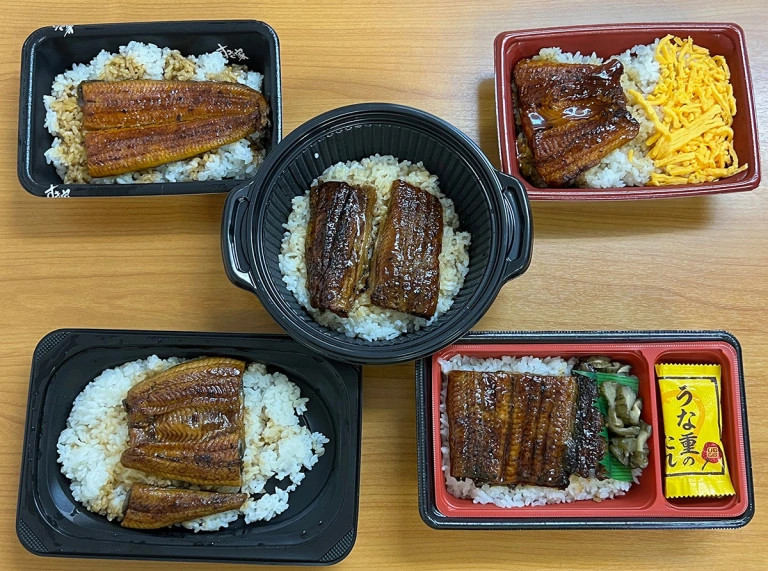


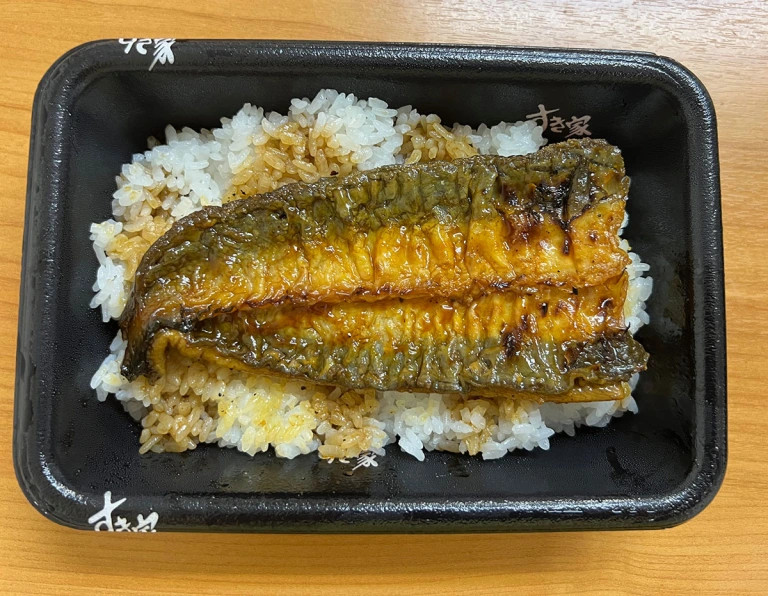
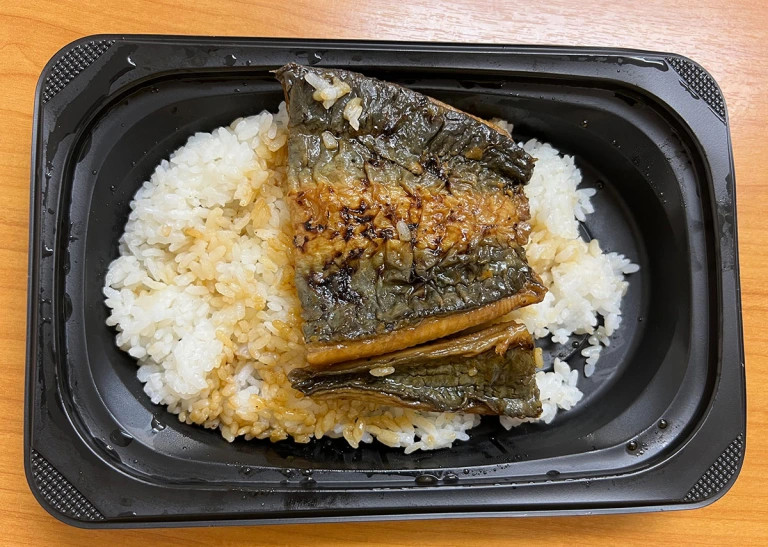
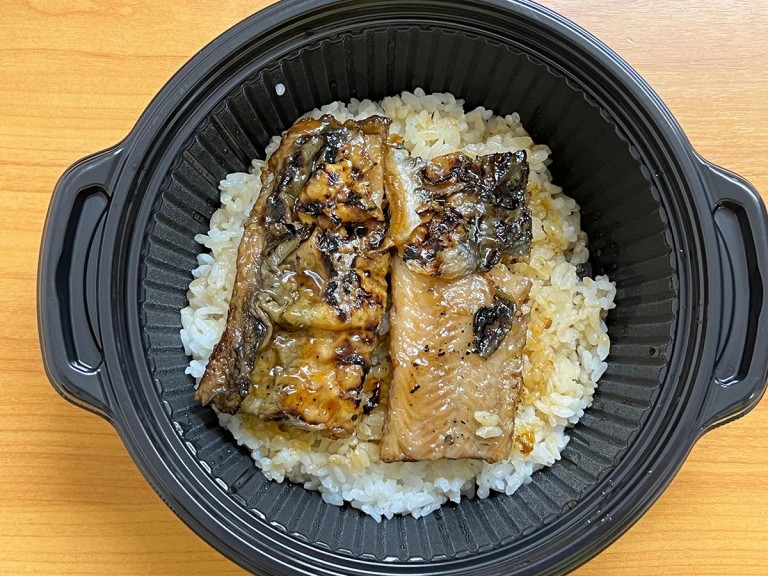
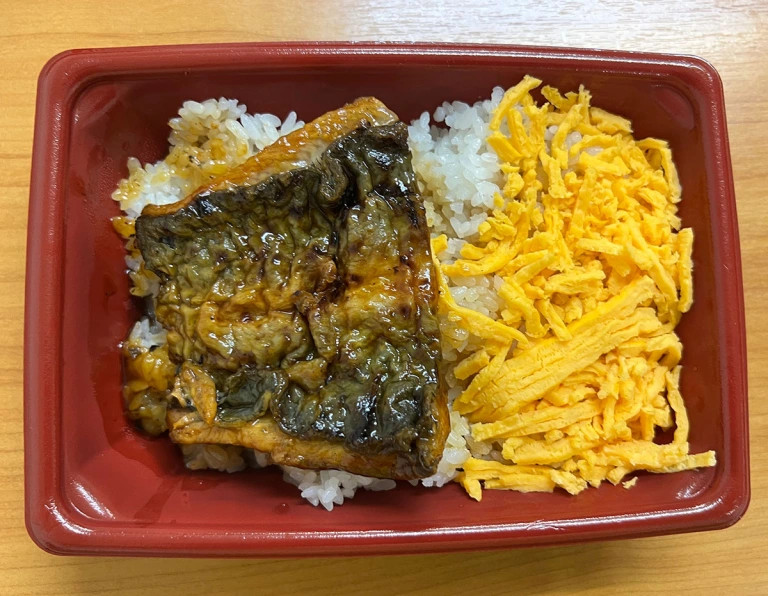

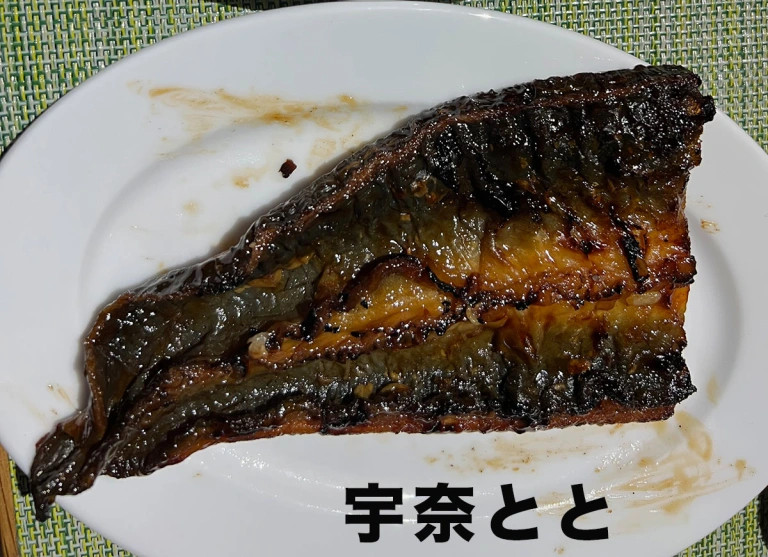
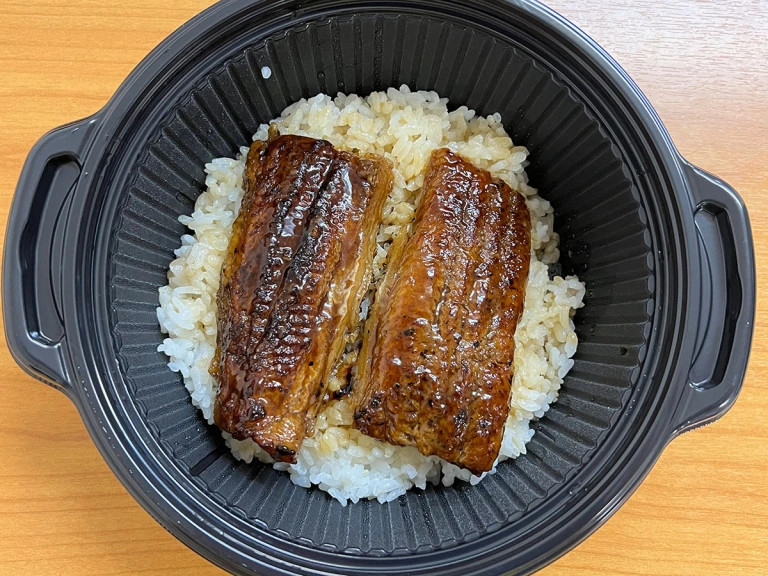
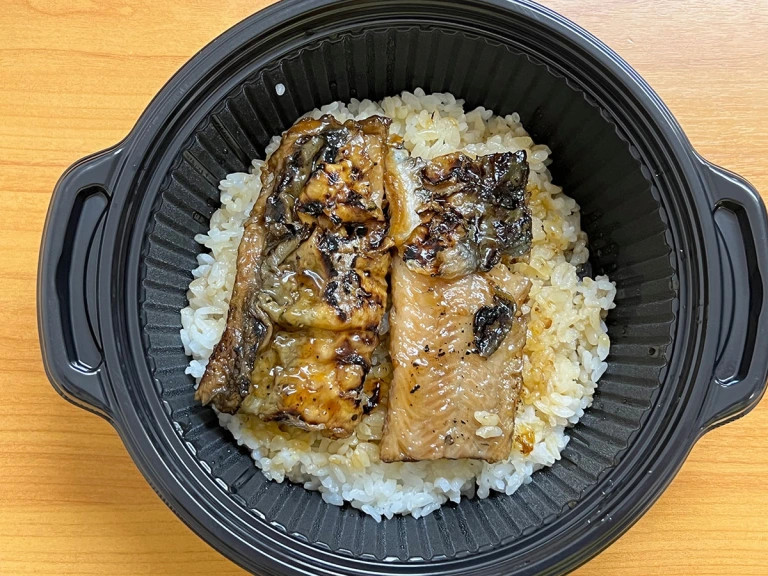
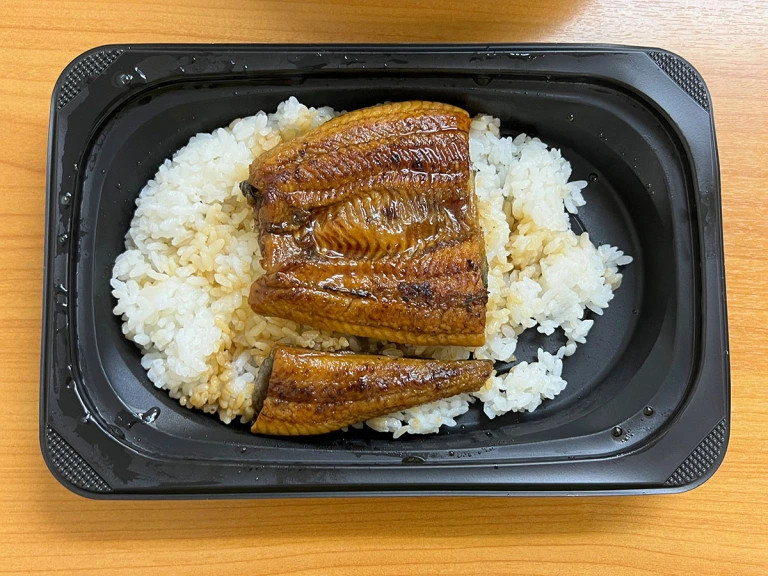
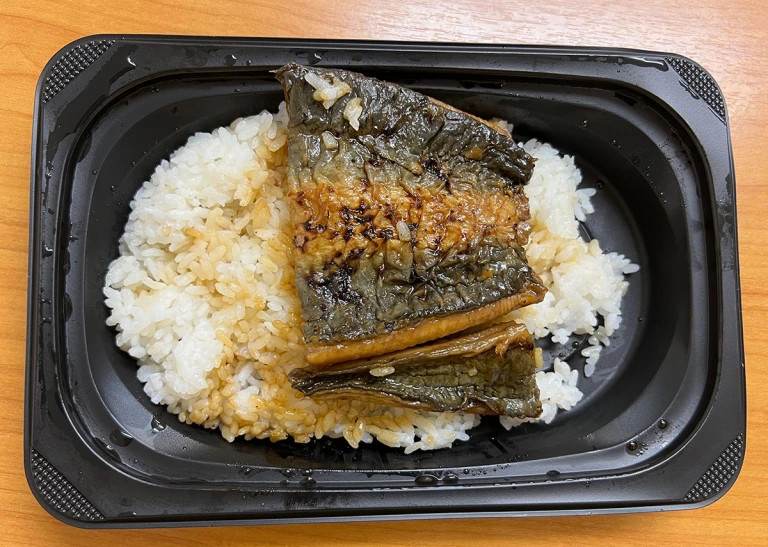
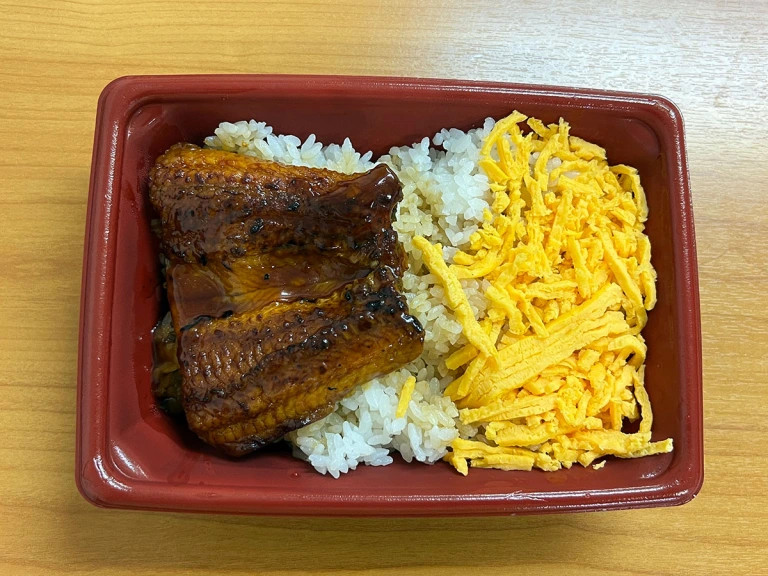
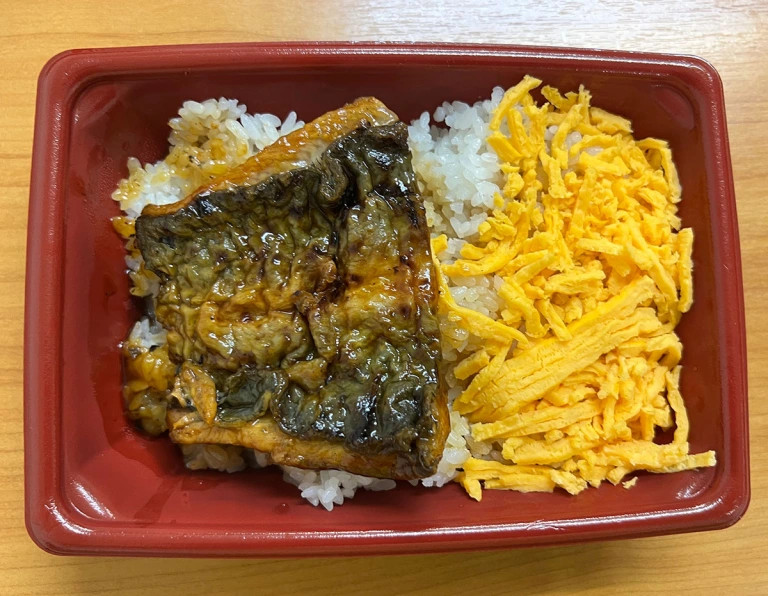
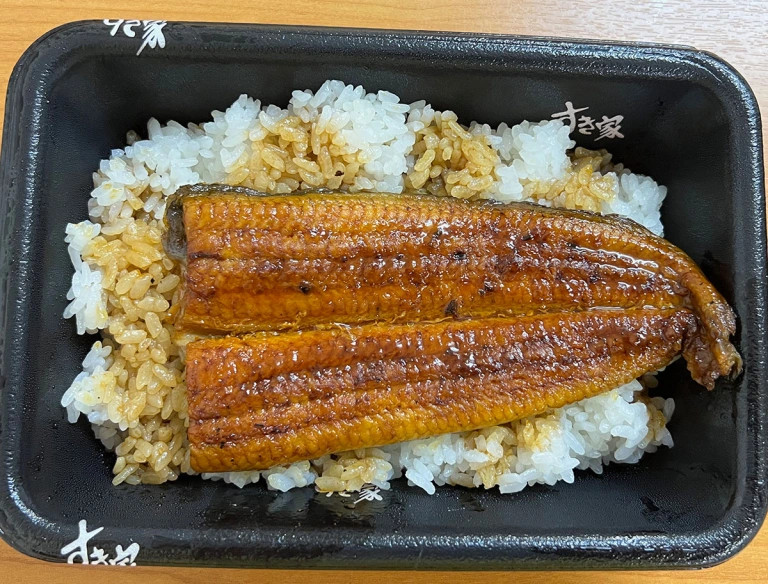
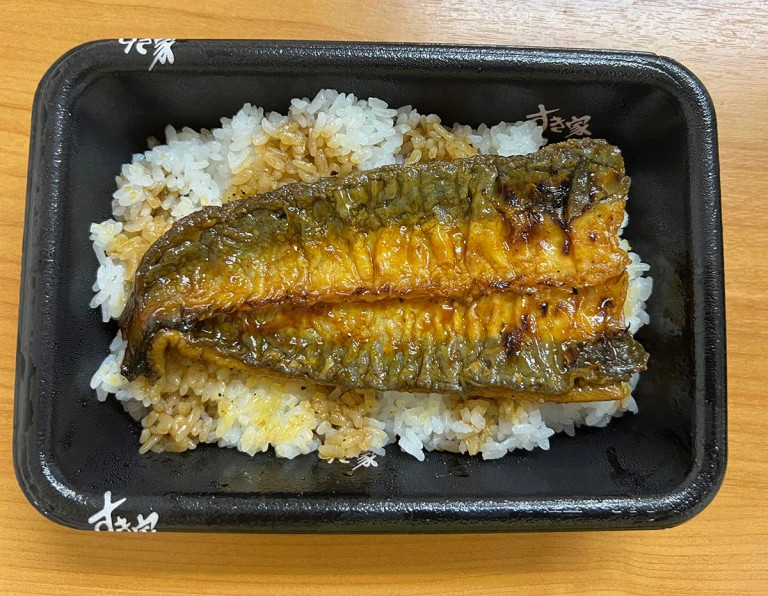
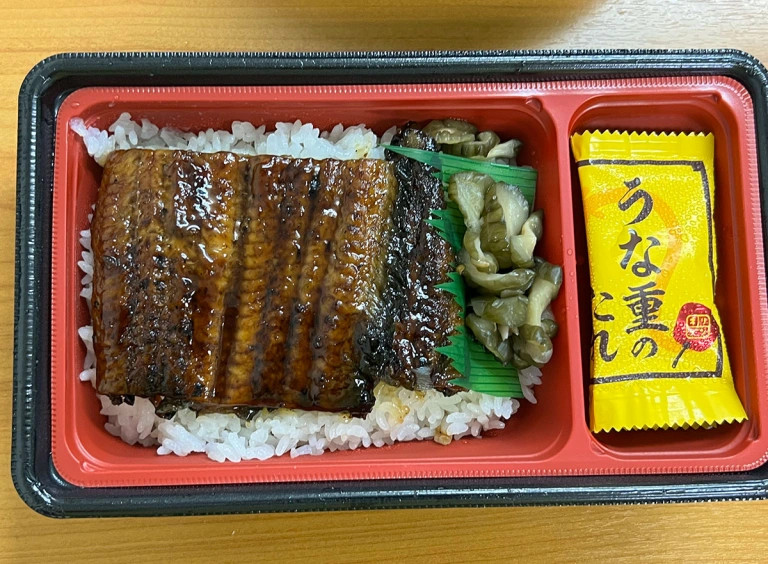
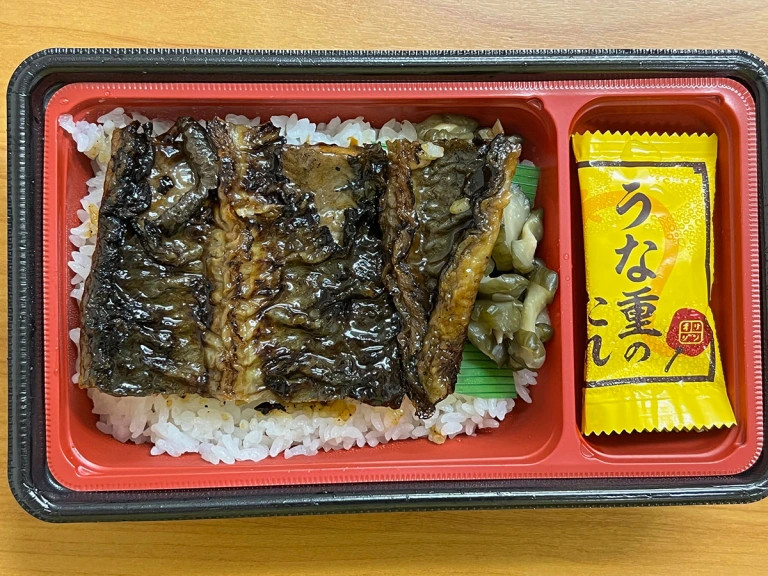
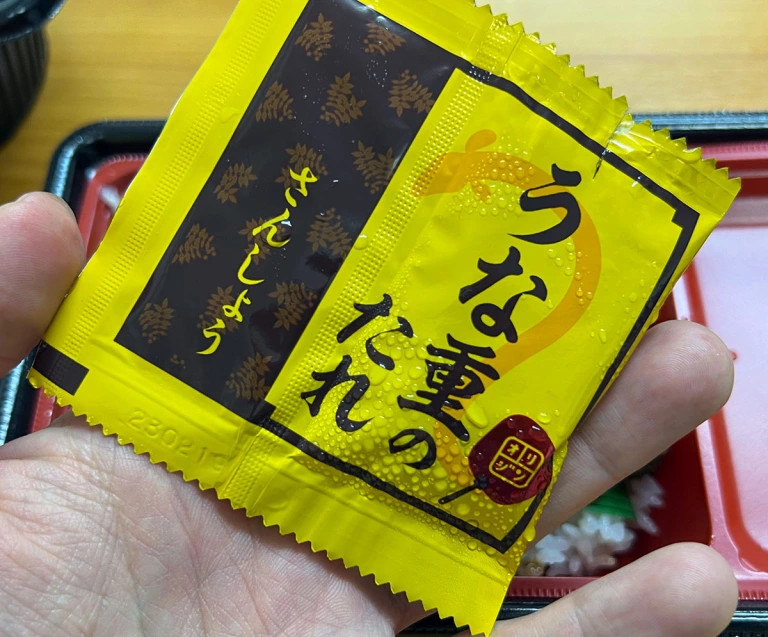
 What’s it like to eat eel from a Japanese vending machine?
What’s it like to eat eel from a Japanese vending machine? Unagi pastries contain no eel, tons of cuteness
Unagi pastries contain no eel, tons of cuteness The Unagyu Burger Kit’s ultra expensive/ultra cheap mixture is here, and it’s time to taste test it
The Unagyu Burger Kit’s ultra expensive/ultra cheap mixture is here, and it’s time to taste test it We ordered RAW eel through the mail and achieved a state of total Unagi
We ordered RAW eel through the mail and achieved a state of total Unagi Eel-fortified chocolate now on sale in Japan
Eel-fortified chocolate now on sale in Japan How to order snacks on a Shinkansen bullet train in Japan
How to order snacks on a Shinkansen bullet train in Japan Japan’s new difficult-to-drink-from beer glass protects your liver, but it’s a brutal experience
Japan’s new difficult-to-drink-from beer glass protects your liver, but it’s a brutal experience Burger King Japan suddenly adds Dr. Pepper and Dr. Pepper floats to its menu nationwide
Burger King Japan suddenly adds Dr. Pepper and Dr. Pepper floats to its menu nationwide Demon Slayer: Kimetsu no Yaiba gets new roller coaster attractions and food at Universal Studios Japan
Demon Slayer: Kimetsu no Yaiba gets new roller coaster attractions and food at Universal Studios Japan Hello, cosmetics! Clinique teams up with Hello Kitty this summer for first-time collaboration
Hello, cosmetics! Clinique teams up with Hello Kitty this summer for first-time collaboration Kyoto Tower mascot termination reveals dark side behind cute Japanese characters
Kyoto Tower mascot termination reveals dark side behind cute Japanese characters Nintendo history you can feel – Super NES, N64, and GameCube controllers become capsule toys
Nintendo history you can feel – Super NES, N64, and GameCube controllers become capsule toys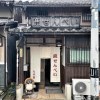 This Nara workshop has been making deer crackers for more than 100 years and offers tours【Photos】
This Nara workshop has been making deer crackers for more than 100 years and offers tours【Photos】 High-fashion Totoro cuddle purse is like an elegant stroll in the forest【Photos】
High-fashion Totoro cuddle purse is like an elegant stroll in the forest【Photos】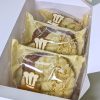 Legendary Melon Bread by Tokyo Banana returns after 20-year absence【Taste Test】
Legendary Melon Bread by Tokyo Banana returns after 20-year absence【Taste Test】 “The most Delicious Cup Noodle in history” – Japan’s French Cup Noodle wins our heart【Taste test】
“The most Delicious Cup Noodle in history” – Japan’s French Cup Noodle wins our heart【Taste test】 Starbucks releases a cute Frappuccino and Unicorn Cake…but not in Japan
Starbucks releases a cute Frappuccino and Unicorn Cake…but not in Japan McDonald’s Japan’s Soft Twist Tower: A phantom ice cream only sold at select branches
McDonald’s Japan’s Soft Twist Tower: A phantom ice cream only sold at select branches Yabai Ramen: What makes this Japanese ramen so dangerous?
Yabai Ramen: What makes this Japanese ramen so dangerous? Finally! Nintendo Japan expands Switch 8-bit controller sales to everybody, Online member or not
Finally! Nintendo Japan expands Switch 8-bit controller sales to everybody, Online member or not Japanese government wants to build luxury resorts in all national parks for foreign tourists
Japanese government wants to build luxury resorts in all national parks for foreign tourists To combat declining birth rate, Japan to begin offering “Breeding Visas” to foreigners
To combat declining birth rate, Japan to begin offering “Breeding Visas” to foreigners 10 things you should buy at 7-Eleven in Japan
10 things you should buy at 7-Eleven in Japan Studio Ghibli releases anime heroine cosplay dresses that are super comfy to wear
Studio Ghibli releases anime heroine cosplay dresses that are super comfy to wear Woman charged for driving suitcase without a license in Osaka
Woman charged for driving suitcase without a license in Osaka Studio Ghibli unveils My Neighbour Totoro miniature house model
Studio Ghibli unveils My Neighbour Totoro miniature house model Kyoto experiencing problems with foreign tourists not paying for bus fares, but not on purpose
Kyoto experiencing problems with foreign tourists not paying for bus fares, but not on purpose Fighting mild hunger with a Japanese soda that turns into jelly in the stomach【Taste test】
Fighting mild hunger with a Japanese soda that turns into jelly in the stomach【Taste test】 Studio Ghibli’s Howl’s Moving Castle tapestry unveiled in Japan for first time
Studio Ghibli’s Howl’s Moving Castle tapestry unveiled in Japan for first time McDonald’s new Happy Meals offer up cute and practical Sanrio lifestyle goods
McDonald’s new Happy Meals offer up cute and practical Sanrio lifestyle goods Sales of Japan’s most convenient train ticket/shopping payment cards suspended indefinitely
Sales of Japan’s most convenient train ticket/shopping payment cards suspended indefinitely Sold-out Studio Ghibli desktop humidifiers are back so Totoro can help you through the dry season
Sold-out Studio Ghibli desktop humidifiers are back so Totoro can help you through the dry season Japanese government to make first change to romanization spelling rules since the 1950s
Japanese government to make first change to romanization spelling rules since the 1950s Foreigner’s request for help in Tokyo makes us sad for the state of society
Foreigner’s request for help in Tokyo makes us sad for the state of society Ghibli founders Toshio Suzuki and Hayao Miyazaki contribute to Japanese whisky Totoro label design
Ghibli founders Toshio Suzuki and Hayao Miyazaki contribute to Japanese whisky Totoro label design Doraemon found buried at sea as scene from 1993 anime becomes real life【Photos】
Doraemon found buried at sea as scene from 1993 anime becomes real life【Photos】 Tokyo’s most famous Starbucks is closed
Tokyo’s most famous Starbucks is closed Princesses, fruits, and blacksmiths: Study reveals the 30 most unusual family names in Japan
Princesses, fruits, and blacksmiths: Study reveals the 30 most unusual family names in Japan Come on, Costco! Sell your Japan-exclusive kabayaki marinade salmon in the U.S. too!
Come on, Costco! Sell your Japan-exclusive kabayaki marinade salmon in the U.S. too! Is Japan’s highest-ranking unagi restaurant worth the six-month wait for a table? We find out
Is Japan’s highest-ranking unagi restaurant worth the six-month wait for a table? We find out Super expensive sushi restaurant super cheap beef bowl chain team up to create Unagyu Burger
Super expensive sushi restaurant super cheap beef bowl chain team up to create Unagyu Burger Eel-topped takoyaki is delicious in any season, but here’s why now is the best time to try it
Eel-topped takoyaki is delicious in any season, but here’s why now is the best time to try it Haven’t found the perfect Father’s Day present yet? Here’re 10 gift ideas from Japan
Haven’t found the perfect Father’s Day present yet? Here’re 10 gift ideas from Japan Sure eel flavored potato chips are great, but here’s a recipe that’ll make them even better!
Sure eel flavored potato chips are great, but here’s a recipe that’ll make them even better! Who does a yakiniku beef bowl better: a Japanese vending machine or Yoshinoya?【Taste Test】
Who does a yakiniku beef bowl better: a Japanese vending machine or Yoshinoya?【Taste Test】 Cheap vs. expensive — Is a premium-priced tempura bento really worth it?【Taste test】
Cheap vs. expensive — Is a premium-priced tempura bento really worth it?【Taste test】 Japanese diners pick their eight favorite types of sushi, create mouthwatering dinner blueprint
Japanese diners pick their eight favorite types of sushi, create mouthwatering dinner blueprint Multiple nights in Tokyo? Dormy Inn “Residential” room adds amenities, great bath view in Asakusa
Multiple nights in Tokyo? Dormy Inn “Residential” room adds amenities, great bath view in Asakusa Tokyo restaurant’s crazy huge rice omelet has 600 grams (1.3 pounds) of rice
Tokyo restaurant’s crazy huge rice omelet has 600 grams (1.3 pounds) of rice Yoshinoya’s new Super-Special-Large Bowl: A gigantic three-animal 1,700-calorie fest【Taste test】
Yoshinoya’s new Super-Special-Large Bowl: A gigantic three-animal 1,700-calorie fest【Taste test】 We spend Culture Day in prison, food was arguably better than Yoshinoya
We spend Culture Day in prison, food was arguably better than Yoshinoya We visit Tokyo’s new all-plant-based cafe “Komeda Is □”
We visit Tokyo’s new all-plant-based cafe “Komeda Is □”
Leave a Reply